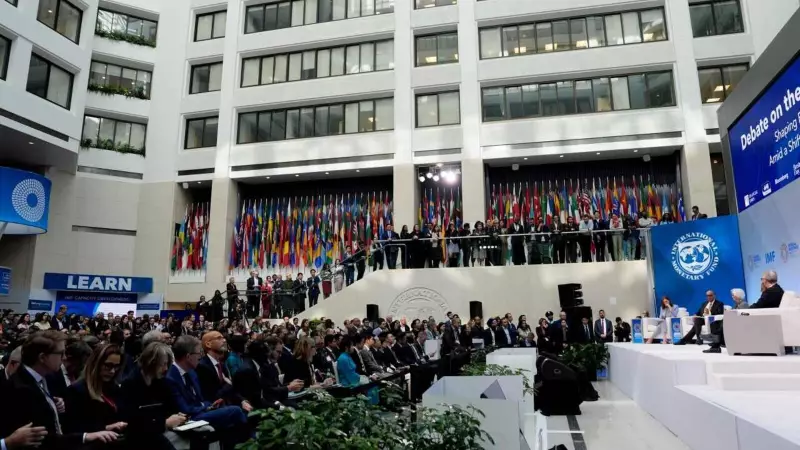
In an extraordinary display of synchronized monetary policymaking, central banks across the globe are rolling out what experts are calling a "bonanza" of financial measures that could reshape economic landscapes from Mumbai to Manhattan.
The Great Central Bank Convergence
This week marks a pivotal moment in global finance as three major central banks—the Reserve Bank of India, US Federal Reserve, and Bank of Japan—convene simultaneously. Their coordinated actions are creating ripple effects that every Indian investor and borrower should understand.
RBI's Strategic Positioning
The Reserve Bank of India finds itself in an enviable position, having maintained a steady course while other central banks scrambled with aggressive rate hikes. This strategic patience has positioned India favorably amid global economic turbulence.
Key RBI advantages include:
- Substantial foreign exchange reserves providing economic cushion
- Relatively stable inflation compared to Western economies
- Room for policy maneuverability that other central banks lack
Global Policy Domino Effect
The Federal Reserve's anticipated pivot toward rate cuts signals a major shift in global monetary strategy. This move could:
- Reduce pressure on emerging market currencies
- Lower borrowing costs for Indian businesses and consumers
- Stimulate foreign investment flows into Indian markets
The Japanese Wild Card
Meanwhile, the Bank of Japan stands at a historic crossroads, potentially ending its long-standing negative interest rate policy. Such a move would represent the most significant Japanese monetary policy shift in decades, with profound implications for global capital flows.
What This Means for Indian Households
For ordinary Indians, this central bank coordination translates into tangible benefits:
Home loan borrowers may see interest rates stabilize or even decrease, while savers and investors could benefit from improved returns on fixed deposits and mutual funds. The overall economic stability could also bolster job markets and business growth.
The synchronized action among the world's most powerful financial institutions represents a rare moment of global economic alignment—one that could define financial opportunities for years to come.





